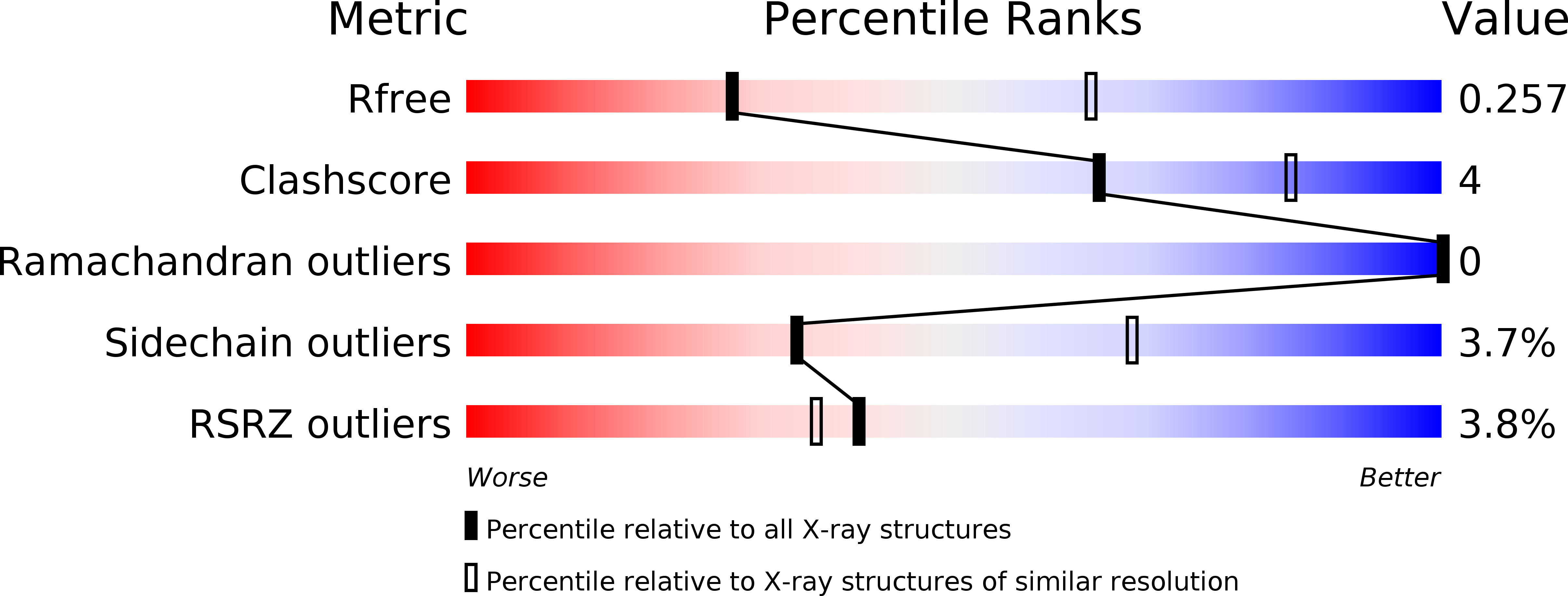
Deposition Date
2018-03-25
Release Date
2018-06-20
Last Version Date
2024-10-23
Entry Detail
PDB ID:
5ZKQ
Keywords:
Title:
Crystal structure of the human platelet-activating factor receptor in complex with ABT-491
Biological Source:
Source Organism:
Homo sapiens (Taxon ID: 9606)
Enterobacteria phage T4 (Taxon ID: 10665)
Enterobacteria phage T4 (Taxon ID: 10665)
Host Organism:
Method Details:
Experimental Method:
Resolution:
2.90 Å
R-Value Free:
0.23
R-Value Work:
0.20
R-Value Observed:
0.20
Space Group:
C 1 2 1


